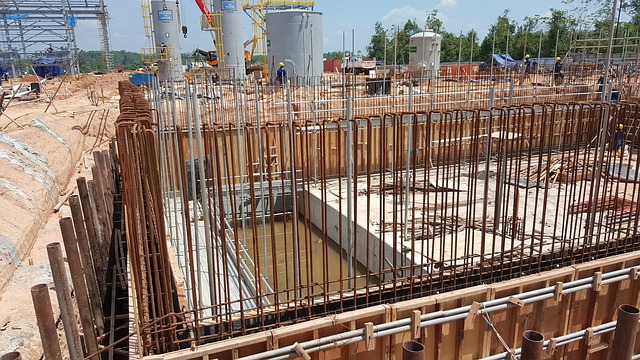
Cracked walls or floors could be an indicator that your property requires underpinning to help stabilize and protect from further damage. By undertaking this process, it will help stabilize your home and prevent further deterioration.
Underpinning is a process which entails excavating and replacing soil beneath an existing foundation with concrete in controlled stages, known as pins of limited length.
It is a method of strengthening the foundations of a building
Underpinning may become necessary due to various reasons, including changes in soil properties that support foundations due to subsidence, moisture causing expansion/contraction cycles or natural disasters like earthquakes. Underpinning Melbourne may also become necessary when adding an extension onto an existing property which increases loads on existing foundations and requires extra support from them.
Underpinning can also help repair damage done during construction, which often occurs when crews fail to adequately tamp down soil, select unfavorable locations or take shortcuts during their build process. These issues can lead to a house settling over time or out-of-level concrete that results in gaps between walls and floors or out of balance concrete structures.
Underpinning is often an excellent solution to these situations, as it can strengthen existing foundations and increase their bearing capacity. Underpinning contractors may use various methods such as push piers and slab piers to strengthen these existing foundations.
It is a method of transferring the weight of a building to the soil
Underpinning a building requires careful consideration from both structural engineers and architects alike, although some approaches are more disruptive than others. Failure to plan can result in serious structural damage to a structure.
Underpinning can vary significantly in cost depending on the soil beneath your home and its accessibility; underpinners must reach load-bearing stratum to complete underpinning; longer piers required in loose or sedimentary soil require more material for underpinning, increasing costs as a result.
Steel piers are a common underpinning solution, driven deep into the soil until they reach load-bearing strata and reinforced or anchored with resin to give extra support to structures. While this method is cost-effective and quick, it may not always be suitable for every situation and may need re-underpinning in future.
It is a method of transferring the weight of a building to a pile
Underpinning is necessary when the foundations of a building become unstable due to changes in soil conditions over time, whether caused by tree roots, moisture accumulation, damage caused to plumbing lines or structural integrity issues in a new addition or changes in load-bearing capacities.
Underpinning techniques vary in their disruptive effect on existing buildings, but all require careful planning by a structural engineer. Some techniques can cause serious structural damage if they’re done improperly.
One method involves demolishing the existing foundation and digging piers to form an underpinning system, then attaching these piers directly to your building with concrete or steel needles that penetrate walls – this approach works particularly well in clayey or waterlogged soil and can significantly decrease load on existing foundations. Another approach utilizes jacks to install piles directly under it.
It is a method of transferring the weight of a building to a steel frame
Buildings may undergo underpinning to strengthen their foundations when their original design did not take into account soil properties, which can happen as a result of poor building techniques or natural events like earthquakes. Underpinning can also occur during renovation projects that require additional load-bearing capacity than existed initially.
Underpinning involves driving steel piles into the soil to support building foundations, shifting weight away from its original soil onto an underlying stratum which provides more stable support than initially available. This method can be especially beneficial in areas with high moisture levels or unstable ground conditions.
Mass concrete underpinning is another effective underpinning solution that involves excavating soil in controlled stages until a stable stratum has been reached, then pouring concrete onto it and leaving to cure for an extended period. Although more time consuming, mass concrete provides additional inherent support.
